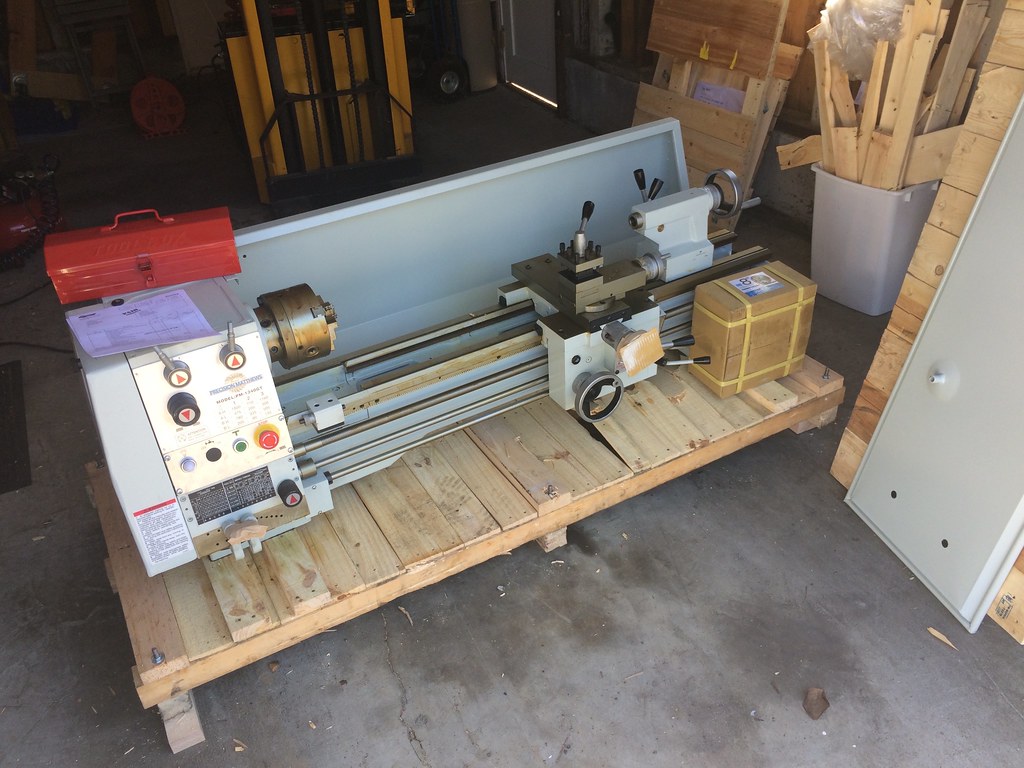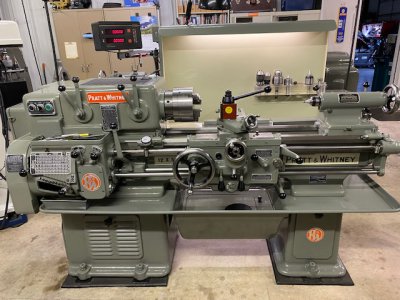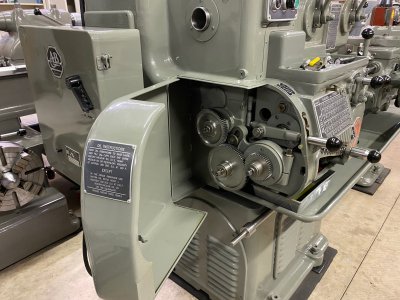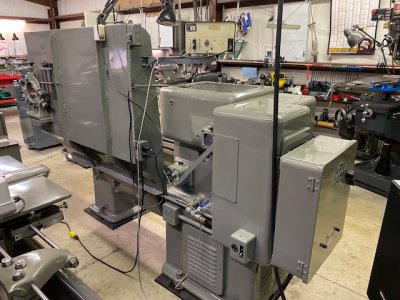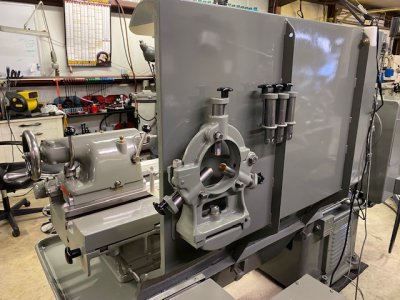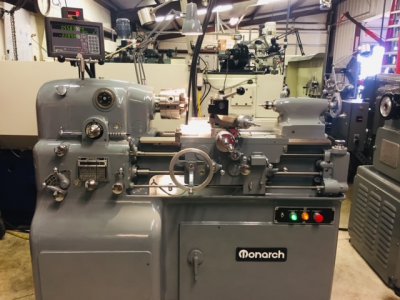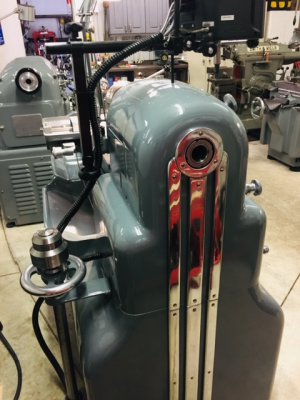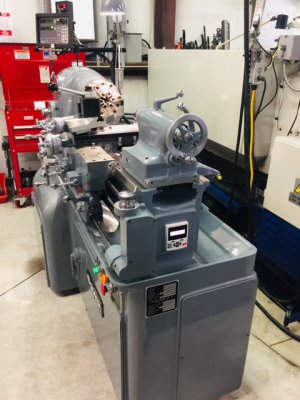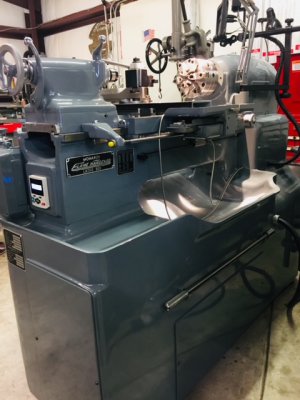Yep I saw that and he repainted his 935 as well. He did that in white, is which is a nonstarter. Just can't live with that. Was hopping to get paint brands and best that will stand up.
Let me clarify my re-paint decisions a bit.
One of my biggest criticisms of the equipment from Asia (Taiwan included) is the crappy paint jobs. They slather the castings with a body filler that remains soft and chalky when it “hardens” and then the apply a paint that has zero elasticity. The end result is that any bump to the finish and it flakes off with a nasty bruise. But even areas where the paint isn't applied over filler, the paint will also chip if bumped. I’ve *****ed and *****ed at the resellers but it never improves.
In my case, my perfectionist side took over and I stripped the lathe and mill back to hard castings and ground the castings fair and smooth, then where necessary applied Bondo auto-body filler and sanded that fair and smooth, but none of the edges or corners are Bondo - they are ground cast iron. The two coats of
DTM primer, then two top coats of
Steel-it poly-enamel (lathe) or quality
DTM Alkyd enamel (mill) paint applied. The lathe paint was applied with a combination of rattle-can and brush/roller, and the mill with air-assisted airless sprayer.
I chose to match the existing "whiteish" color on the mill because I didn't want to strip the J-head down far enough to repaint it. Like
@COMachinist, I had
my own mechanical failure issues with the machine which ultimately required a complete replacement of the J-head, so in retrospect, I'm glad I stuck with the white even though I would have preferred to go to some kind of darker grey color throughout like I did with my lathe. But to get a decent paint job on the J-head, it would have required tearing that unit down extensively, which I wasn't prepared to do. That head is a near identical clone of the Bridgeport original and is a marvel Rube Goldberg contraption with lots of selectors and teeter-totter mechanisms, and I just wasn't inclined to mess with it given the issues I had at the outset - hence the color choice.
The particular paint I used on the mill has been robust, but it does stain from the inevitable oil that pools on the mill base originating from the saddle and knee gib-ways. The Steel-it paint I used on the lathe (
recommended to my by Tom Lipton) does not show stains and is more impervious to solvents like Naphtha, Acetone, MEK, etc. than the Sherwin Williams Alkyd enamel I used on the mill. I can highly recommend the Steel-it if you are ok with
the color. For
my lathe STAND, I used a Sherwin-Williams 2-part epoxy paint called
Macropoxy which is commonly used to paint things like fuel storage tanks that sit outside for decades. It is nasty stuff, expensive, and requires a proprietary solvent to clean up, but is positively bomb proof and can be tinted to the color of your choice.


